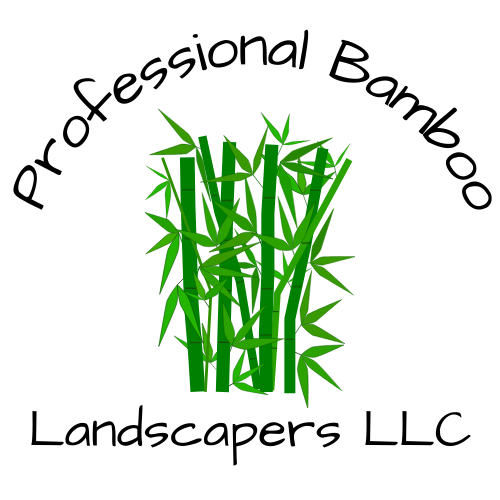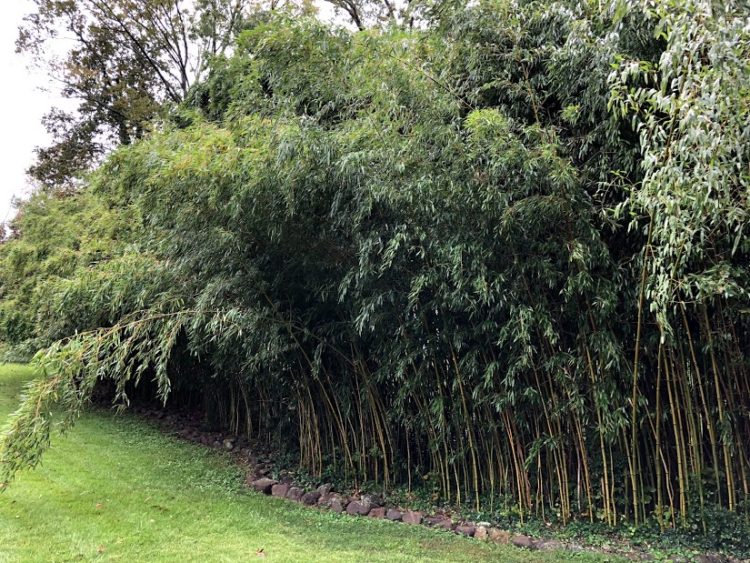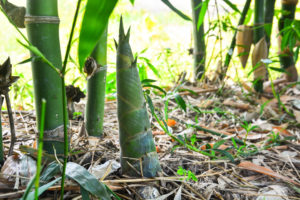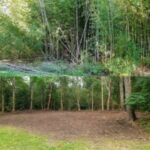What is bamboo exactly? Is it a tree? A weed perhaps? It is undoubtedly “invasive” however, not in the traditional sense of the word. So, what is bamboo, well it’s a grass. More specifically, bamboo is in the subfamily bambusoideae. Bambusoideae are further broken down into 3 smaller subfamilies: Olyreae, Bambuseae, Arundinarieae, which is in the grass family of Poaceae. There are over 1400 species of bamboo. In fact, bamboo is considered prehistoric grass. It has been said that bamboo evolved 30 to 40 million years ago. Long after the dinosaurs and still long before humans. This prehistoric grass is considered the fastest-growing plant species on the planet. Some species are known to grow 36” in one day. That’s 1.6” an hour, that is 1” per 40 minutes! You can literally “watch the grass grow.”
So while the answer to the question what is bamboo may seem a bit complicated we can further break it down. All of the known 1400+ species of bamboo fall into two simple categories. Running bamboo known as leptomorph and clumping bamboo known as pachymorph.
Leptomorphs are very versatile, have many uses, and are entirely sustainable. Leptomorph bamboos have been used for food, paper, and scaffolding, to say the least. We will delve into that in another blog post. While there are many positive uses of this species, there are tremendous problems that can arise if planted on your property without proper expertise. When planted improperly, these bamboos can easily become a nuisance to homeowners, neighbors, and businesses. Leptomorph bamboo are famous for their rapid growth and expansive spread. The rhizomes ( the complex underlying root structure) can grow over 30 feet underground in a single season! This rapid spread underground is tricky as new shoots can pop up in new areas you never expected within a matter of days. Without proper barriers in place, this bamboo should not be installed in any circumstance on any property. In New Jersey, we specialize in the removal of this type of bamboo. We do have multiple species of running bamboo in New Jersey. The Majority of our removals are phyllostachys aureosulcata. We also do run into phyllostachys bisettii, phyllostachys aurea, phyllostachys edulis, and psuedosasa japonica as well, but they are less common.
Pachymorph bamboos are great to install on a property. These are considered “noninvasive” and do not spread and take over properties. They make fantastic privacy hedges and do not require rhizome barriers to be installed. However, these have a downside that you should be aware of. The rhizomes grow into a dense ball. The bamboo grows narrow at the base and bushy at the top where the bamboo “weeps” over, this leaves open spaces towards the base of the clumping bamboo. As clumping bamboo grows, the bases can be dug up and split, creating multiple individual plants all from one. In our experience with bamboo, Fargesia Rufa fare the best for New Jersey climate.
We love sharing our knowledge here and our expertise. Give us a call today if you have a problem with bamboo destroying your property! We are Professional Bamboo Landscapers! It’s all in the name

